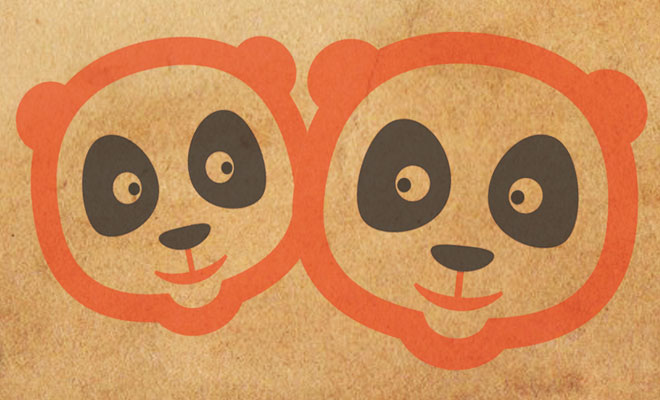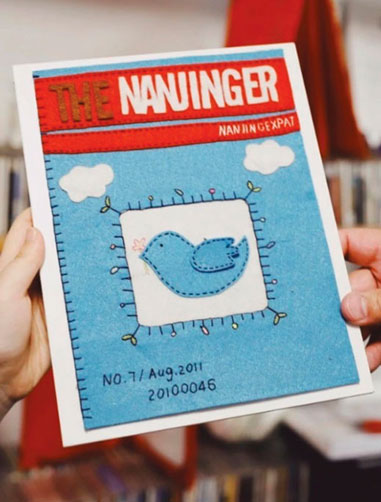Blankets, pillows, beanbags and cups of hot chocolate with extra-large marshmallows. Don’t forget the candles, which provide an almost evanescent backlight to the room with shades of apricot and amber. The distant howl of the wind is muffled by the crackling of the fireplace, as the presence of pleasant company encircles you.
Nice and cozy, now isn’t it?
While coziness and comfort are major pieces of the hygge puzzle, it’s really more of a mindset where the coziness isn’t physical like the type you get when you wrap yourself with blankets, but rather a mental coziness where you feel entirely safe and comfortable.
In recent years, the word hygge and the lifestyle it encompasses has emerged throughout western culture, while you could ask probably ten thousand people in China without a single person knowing what it meant. Is it just that the cultures are incompatible? Or is there more to Chinese culture than the common eye may recognize?
I would like to believe the latter, for while the name of the concept may not be prevalent, instances of living by hygge can be found all over China. Hot pot is hygge, inspiring families and friends to sit together, cook their food, and have a great time; Chinese tables and food are hygge, with the spinning middle plate and shared dishes bringing people even closer; and karaoke is hygge, with families and friends singing together in comfortable private rooms with food and drinks. It can also be related to the annual gathering of family at the dinner table to celebrate the coming of Chinese New Year as children receive red envelopes.
While many Chinese may not know what hygge is, certain aspects of the country’s development and the lifestyle of the people have led to the integration of a quasi-hygge unique to the Chinese; with perhaps a hygge-lacking business side of things, but a lifestyle that incorporates the feeling of hygge everywhere. However, it is fair to say that as it always is around the world, culture is a volatile melting pot, with the entirety of it constantly changing as the inner components slowly develop and contort.
On the flip-side of things, the Chinese people’s general tendency for being conservative can inversely show an absence of hygge in China and reveal that all Chinese may not share the concept of hygge.
The emergence of the middle class in China has led the people to essentially see money as being equivalent to happiness, but this prevents them from metaphorically stopping to smell the flowers and enjoying the little things in life. For example, I am sure many of you have experienced being in Chinese restaurants or homes where they do not turn on the heat to save money and electricity, which clearly goes against the “cozy” side of hygge. Or feeling uncomfortable in restaurants or places that simply have too many people to be able to relax at all.
Does not this clearly go against hygge? To add to that, the Chinese social system of “mianzi” or face (I’m sure many readers are already familiar with this concept) completely goes against the hygge concept of being entirely comfortable with everyone around you, as we always have to be attentive to what we say or how we act in front of others to “save face”. Ths often makes us nervous and on our toes the whole time.
Culturally, it is also arguable whether or not the Chinese version of hygge can be defined as a variation of hygge at all, since I am pretty sure that just a whiff of any Chinese toilet will tell you that they aren’t exactly going for the hygge feel. However, due to the population boom of China after the coming of the communist regime, people have started to inevitably move closer together as space and resources become limited, which I believe let a lot of Chinese look past the smaller bad things in life and focus on the larger good things, which is slightly contradictory to the mentality of focusing on the little things in life, but nonetheless gives off the same feeling traditional Danes may experience on a winter’s eve cuddled up.
In whatever way the Chinese version of hygge may seem aesthetically different in its approach to hygge, these environments undoubtedly provide the “mental coziness” that is essential to experiencing hygge.
I remember playing card games with my grandparents on Chinese New Year’s Eve after indulging in a home-cooked smorgasbord of traditional Chinese dishes, and with stories of the past engaging everyone in the room, what I felt was nothing short of hyggelig.
I did not remember too well how cold the room was that night in my grandparents’ home, who did not like turning up the heat. While traditional Danes may regard this as non-hygge due to the absence of candles, fires, fuzzy sweaters, and porridge (there is a Chinese porridge called congee, but they probably don’t like that either), the recent international spread of hygge has slowly started to alter its meaning from the Scandinavian winter coziness to anything or anywhere that gives people the same feeling of mental coziness and comfort for the big things in life, for those are really what we tend to remember.
Thus, we may soon be able to see a more hygge lifestyle emerge as the middle class continues to develop, allowing for many creature comforts to be more easily accessible leading to an entirely different China.











